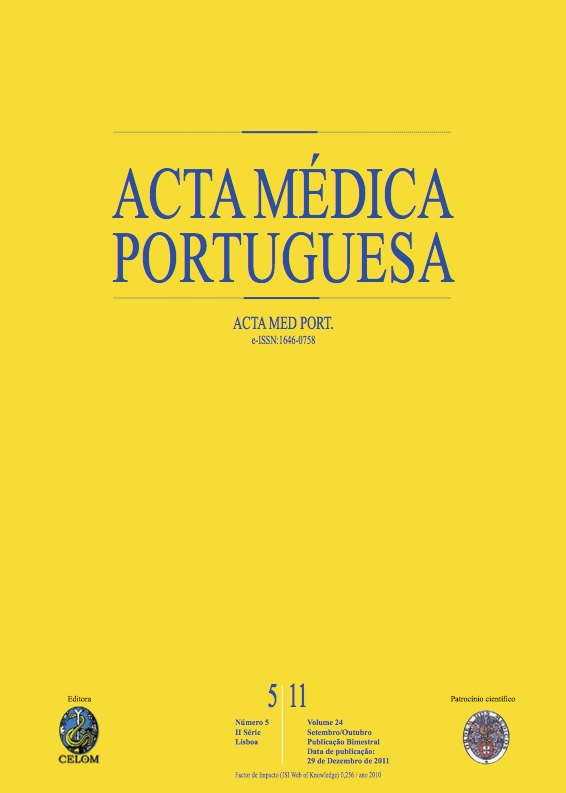Functional somatization: a conceptual review.
DOI:
https://doi.org/10.20344/amp.511Abstract
The authors have brought together and analised texts about the history of the concept of hysteria. In these texts hysteria is fundamentally considered a disease of organic origin (of the womb), and, in the Middle Age, evidence of demonic possession. From the XVII century onwards, apart from the etiopathogenic concepts, also taken into consideration are aspects connected to the differential diagnosis with other similar entities and the therapy used each period. Even, in subsequent centuries, authors such as Syndenham, who consider hysteria to be a multidimensional entity, are rare. Empiricism has contributed to discoveries in biology and physiology, both general and of the nervous system itself, and given birth to the formulation of the Spinal Irritation Theory and Reflex Theory. These theories have led to strictly organic treatment of hysteria, in the same way that hysterectomies were performed to alleviate somatic symptoms connected to this disease. The introduction of hypnosis in medical practice, with Charcot in X1X century, allowed for the element of suggestion to be observed ( a non organic element) which accompanies the symptoms of hysteria. Two of his disciples, Janet and Freud, would define and isolate psychic mechanisms in the symptoms of hysteria: Dissociation of the consciousness (Janet) and Conversion (Freud). The last one developed a therapeutic method of a psychological nature for hysteria. The therapeutic implications and the pertinence of the distinction between unspecific somatization or functional (of somatic origin) somatization and somatization linked to disassociation mechanisms and conversion (psychic origin) are discussed as well as the evolution of international classification systems of somatization and the questions posed by the algorithms chosen for the cataloguing of symptoms. A revision of the relevant empirical studies about the association of somatization with depressive and anxiety disorders, within the general population, is made. The characteristics that permeate the clinical descriptions of somatoform disorders (whose validity criteria remain weak) and are not integrated within the diagnostic criteria for somatoform disorders are considered. We draw conclusions about the difficulties and consequences of the changes that some authors advocate in relation to the new classification system for somatoform syndromes.Downloads
Downloads
How to Cite
Issue
Section
License
All the articles published in the AMP are open access and comply with the requirements of funding agencies or academic institutions. The AMP is governed by the terms of the Creative Commons ‘Attribution – Non-Commercial Use - (CC-BY-NC)’ license, regarding the use by third parties.
It is the author’s responsibility to obtain approval for the reproduction of figures, tables, etc. from other publications.
Upon acceptance of an article for publication, the authors will be asked to complete the ICMJE “Copyright Liability and Copyright Sharing Statement “(http://www.actamedicaportuguesa.com/info/AMP-NormasPublicacao.pdf) and the “Declaration of Potential Conflicts of Interest” (http:// www.icmje.org/conflicts-of-interest). An e-mail will be sent to the corresponding author to acknowledge receipt of the manuscript.
After publication, the authors are authorised to make their articles available in repositories of their institutions of origin, as long as they always mention where they were published and according to the Creative Commons license.









